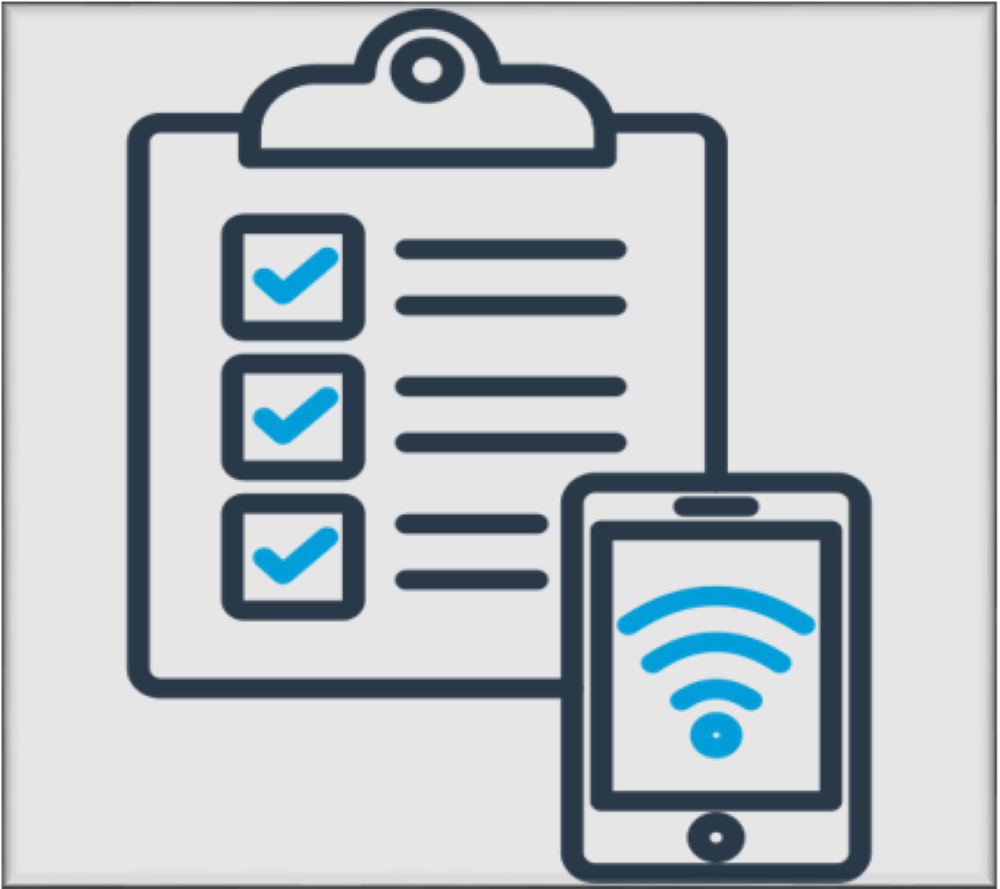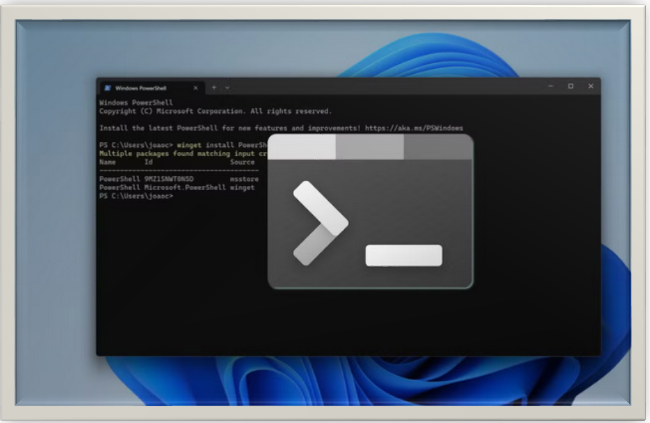HOW TO FIND A LIST OF DEVICES CONNECTED TO YOUR NETWORK: A BEGINNER’S GUIDE
Discover how to find a list of devices connected to your network with our detailed guide. Ensure your network's security and manage connected devices easily. #NetworkSecurity


Computer Networking Bible: [3 in 1] The Complete Crash Course to Effectively Design, Implement and Manage Networks. Including Sections on Security, Performance and Scalability Paperback – October 4, 2024by Rick C. Worley (Author)
INTRODUCTION:
Do you think that someone is using your Wi-Fi even more than you? Maybe you want to check what devices are connected to your network, in other cases, you may fear that a strange device is getting data from your internet. You can better manage your network when you know which devices are connected to it. This guide takes a step-by-step approach, so you won't have to guess how to find the list of devices that are connected to your network.
Why check the connected devices?
• One can check the unauthorized devices.
• Track the data usage over the network.
• Troubleshoot network issues.
What you need
Before you proceed, make sure you have the following:
- Access to your router through a web interface or an app.
- A smartphone or PC that works.
Detailed Instructions
Method 1: Using your router’s web interface
The key to these data is located in your router which is the heart and soul of your wireless network. The majority of routers come with a preinstalled interface that gives the user the capability to view the list of devices that are connected. Here is how to access it:
- Locate the IP address of your router: This unique address allows your computer and the router to communicate. There are two ways to discover this IP address:
Windows:
In Windows, Open the Command Prompt and type “ipconfig” then press “Enter”. Search for "Default Gateway"; the router's IP address is contained in this line.
Mac:
Choose “Network” under “System Preferences”. After selecting your WiFi connection, choose "Advanced." In the TCP/IP tab look for "Router", it is the IP address.
- The IP address next to "default" is your router’s IP address:
Access the Router's Web Interface:
Type your router's IP address on the address bar and then press “Enter”.
Note that 192.168.1.1 or 192.168.0.1 is the default IP address for many routers. However, this may vary. In case you are not sure, please consult your router’s manual.
Login using your credentials: To access the router's interface, you will need to provide your login and password. Most often, these credentials are set when you first set up the router. The device may have the original username and password if you haven't changed it.
- View connected devices:
Seek out a subsection labeled "Device List", "Attached Devices", or "Connected Devices."
A list of the devices connected to your network, coupled with their MAC and IP addresses, will be displayed here.
Method 2: Using Router Apps
Several third-party apps can scan your network and show linked devices if your router lacks an intuitive interface or you would rather take an alternative approach. You can download these programs for your PC or smartphone for usually no cost.
How to Use the Apps:
- Download the App:
Go to the app store on your device and search for the app for the brand of router you have (Netgear, TP-Link, Linksys, etc.).
Open the app after installing it. Make sure that the app is legit.
- Login:
Type in the correct username and password for your router.
3.View Connected Devices:
Open the section displaying the devices that are connected. Usually, this is labeled as "Device List," "Connected Devices," or a similar term.
A list of devices will appear, frequently complete with information like MAC addresses, IP addresses, and even the name of the device.
Windows: Fing and Wireless Network Watcher are two well-liked choices.
Mac: Users of Macs can also access Fing.
Crucial Points to Remember:
• Some routers block access to a list of linked devices over or simple routers.
• Being aware of the facts: The device names shown may be generic (like "Unknown Device"). You can consult the manual or the supplier's website to find out the information about the device.
Method 3: Employing Tools for Network Scanning
Network scanning tools in addition to providing you with a comprehensive analysis of all the devices on your network can also be used to detect security vulnerabilities and open ports.
How to Use it:
- Apply network scanner installation:
For Windows: - Download and set up an application such as Angry IP Scanner or Advanced IP Scanner.
- Nmap and Angry IP Scanner are two programs you can use on Mac or Linux.
- Check Your Network:
• Step one is to open the network scanner.
• Add your network's IP range (e.g., 192.168.1.1 to 192.168.1.254) in the text field.
• It's time to do the scan.
• A list of the connected devices along with their IP addresses, MAC addresses, and, if available, device names, that they are linked to, will be listed by the tool.
Example Commands for Nmap (Mac/Linux):
- Open Terminal and install Nmap:
'''
sudo apt-get install nmap # On Ubuntu
brew install nmap # On Mac
'''
- Scan your network:
'''
nmap -sP 192.168.1.0/24
'''
- The 192.168.1.x subnet's devices will all be listed by this command.
Troubleshooting Tips
If The Router is Not Accessible:
-
Check Credentials: - Make sure that the username and password you are using are the correct ones. To access the default credentials, it is necessary to obtain the instruction manual or find the sticker on the product.
-
Reset the Router: - You may need to reset the router to factory settings if you can't remember your login credentials (be aware that this will remove all customized settings).
-
Use a Wired Connection: - If your computer isn't connecting to the router via an Ethernet wire, try using Wi-Fi to reach the router.
CONCLUSION:
With your router’s web interface, mobile apps, or network scanning tools, it is feasible to obtain all the information about devices connected to your network very fast. It will be beneficial for inexperienced people too in maintain the security issue of the network by simply following the mentioned guidelines. You can keep your network running at its peak and spot intruders by regular check-ups on the connected devices of your network.
Thanks for reading.
If you like the article, consider sharing and subscribing. ;)




